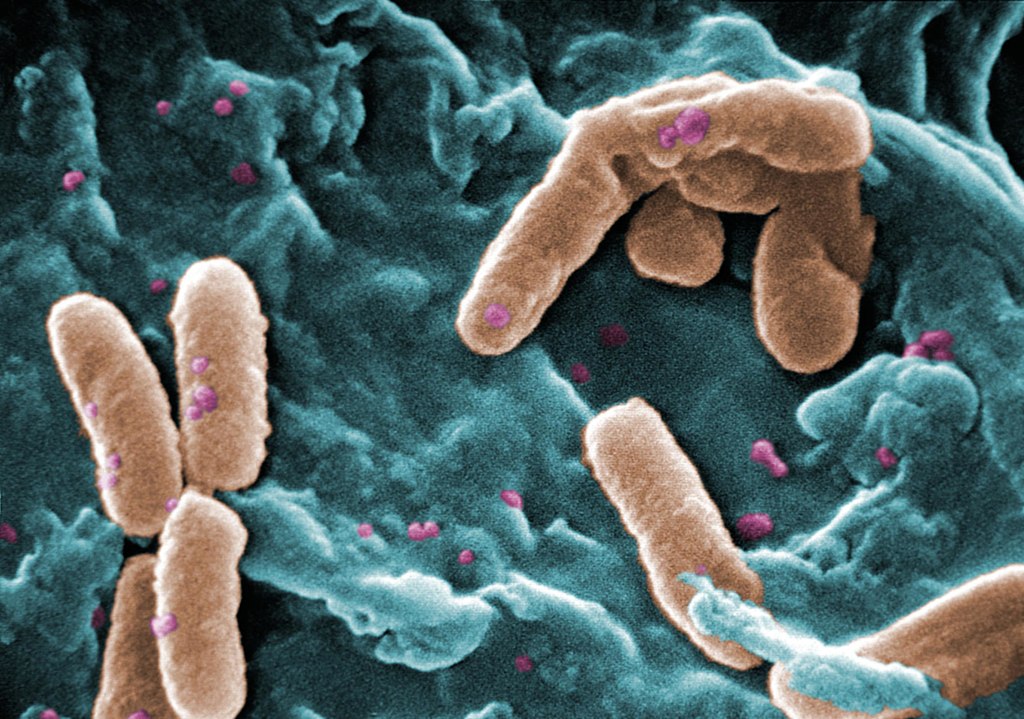Losartan is Not Effective in Reducing Lung Injury from COVID

In a study published in JAMA Network Open, researchers reported that the blood pressure medication losartan is not effective in reducing lung injury in patients with COVID.
This drug was investigated based on early reports suggesting benefit in preclinical models of the 2003 SARS virus, a close family member to the current SARS-CoV-2 virus.
The research team sought to determine if a common blood pressure medication might decrease lung injury in patients hospitalised with COVID. Their results found that losartan treatment did not reduce lung injury in patients admitted with COVID, and had no effect on mortality.
In addition, critically-ill patients treated with losartan needed additional, temporary blood pressure support. However, this did not result in worse outcomes overall.
“Even though this particular drug was not effective for the treatment of COVID-19, repurposing inexpensive and relatively safe medications remains an important approach to contain healthcare costs,” said study co-author Michael Puskarich, MD, an associate professor in emergency medicine.
“Finding effective treatments for COVID that can be widely used across both the developed and developing world remains an important ongoing area of investigation,” Dr Puskarich added.
The researchers noted that more studies of protein and cellular signalling from ALPS-COVID trial participants are ongoing.
“We hope that future study findings of these proteins may show insights into why the body responds the way it does to COVID,” said co-author Christopher Tignanelli, MD, MS, FACS, FAMIA, an assistant professor in surgery. “Critically, this will help us understand why some people develop severe disease following COVID infection and others are asymptomatic.”





